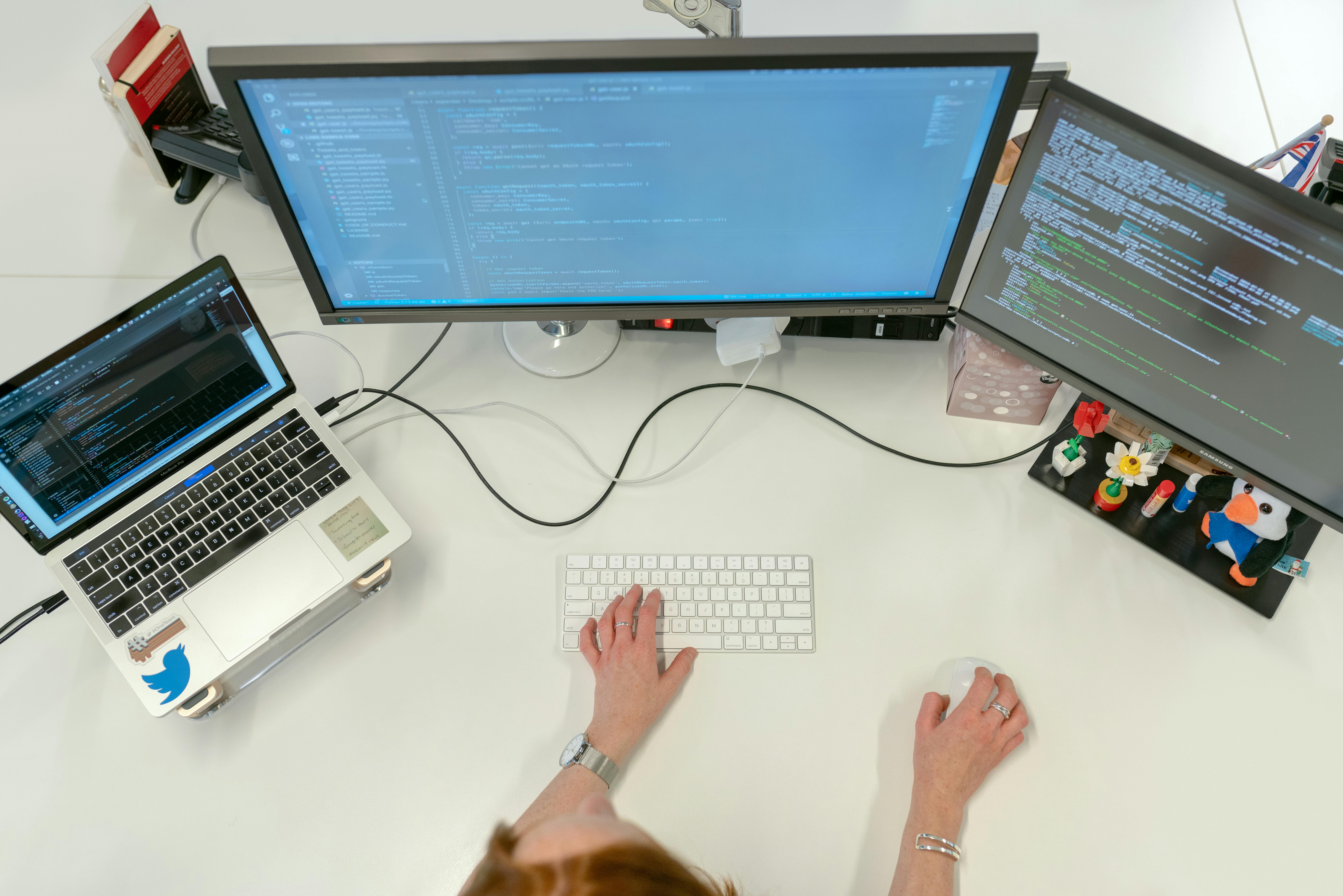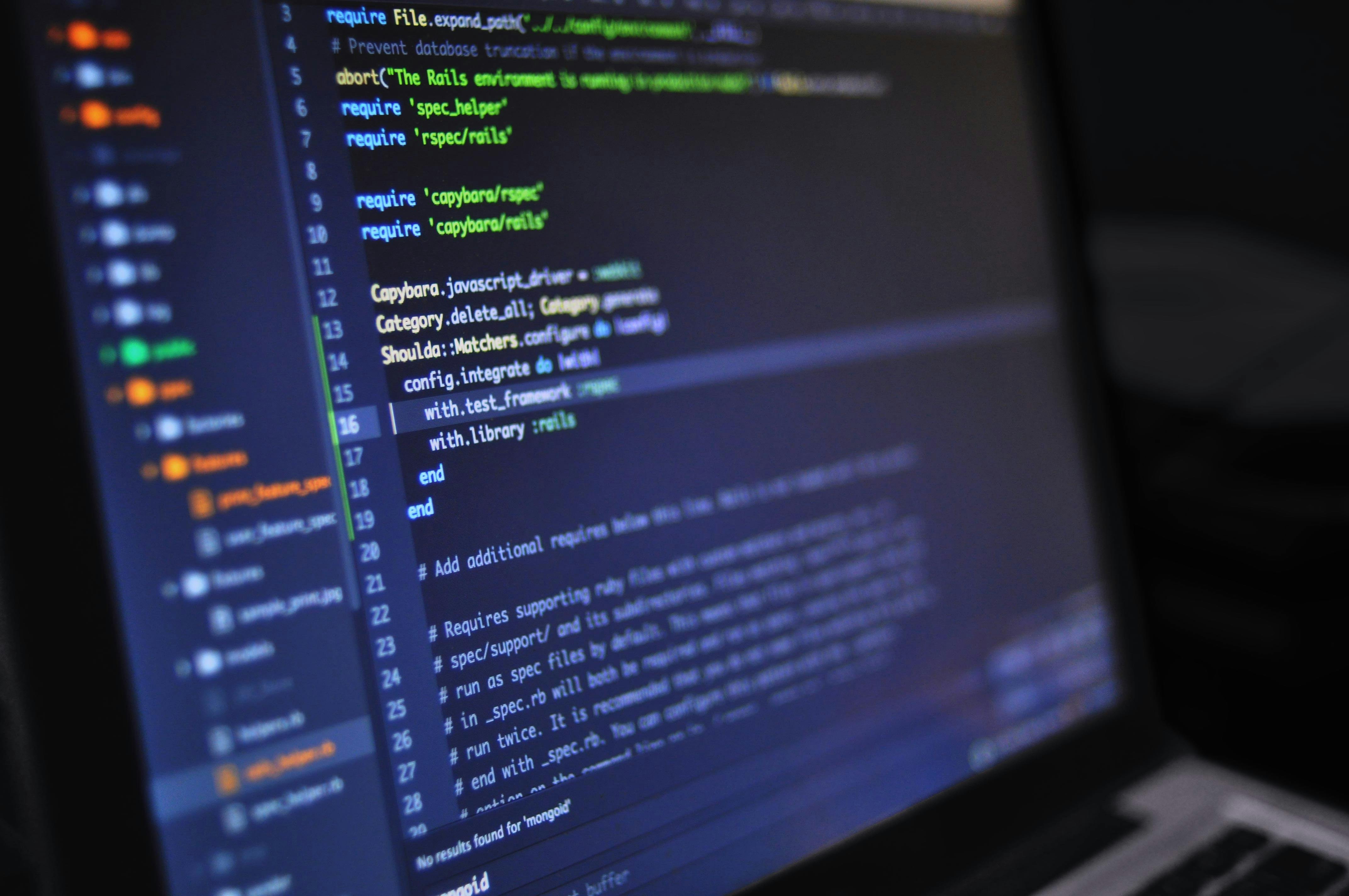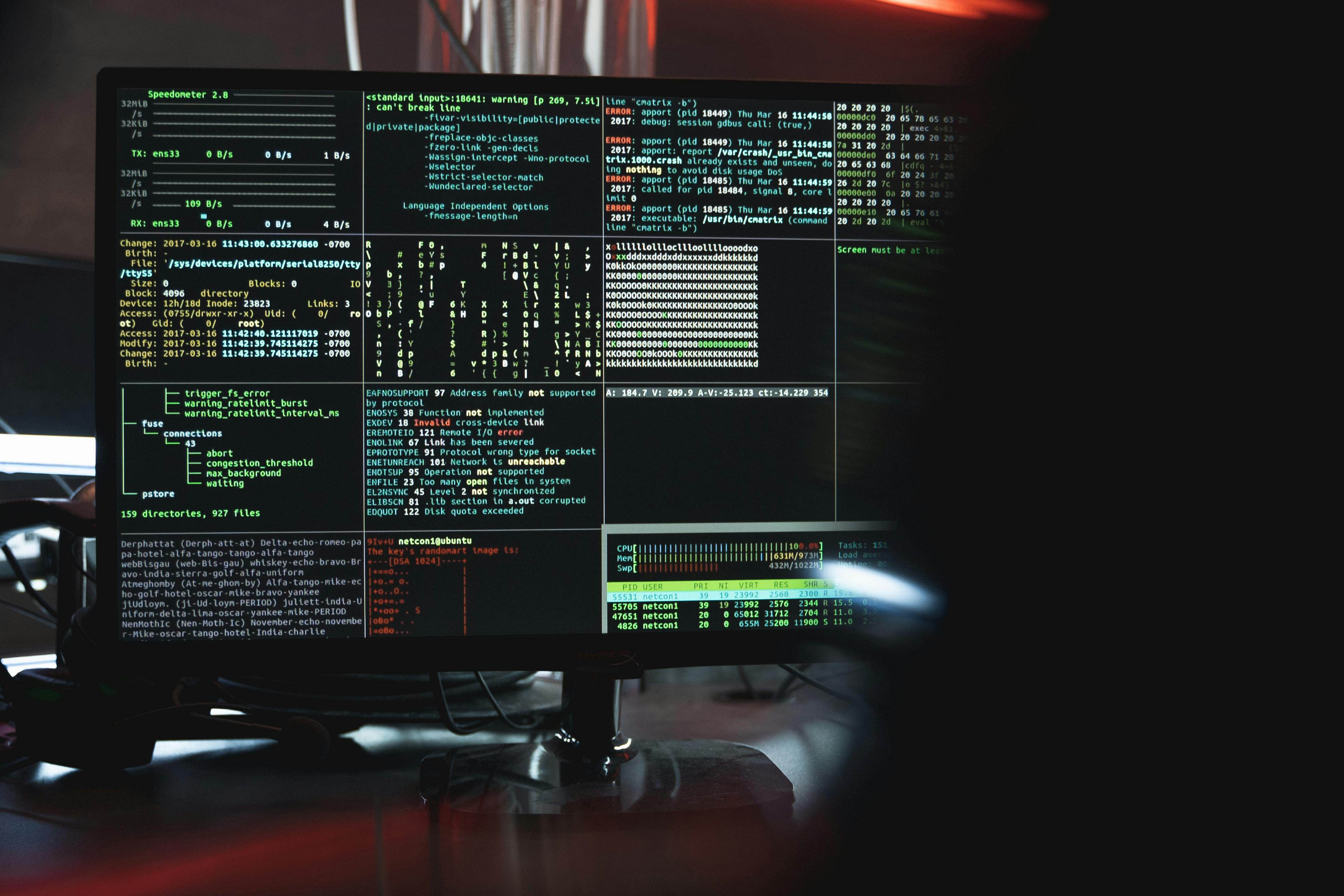AI Revolution in Software Development: How Artificial Intelligence is Transforming the Way We Build Applications in 2025
In 2025, Artificial Intelligence (AI) is no longer just a buzzword — it’s the engine driving innovation across industries, especially in software development. Developers today rely heavily on AI-powered tools to write cleaner code, detect bugs, predict performance issues, and even generate complex applications with minimal human intervention. The result is a faster, more intelligent, and more efficient development ecosystem that’s transforming the future of technology.

1. The Rise of AI-Powered Code Generation
One of the most significant advancements in 2025 is the rise of AI-assisted coding. Tools like GitHub Copilot X, Tabnine, and OpenAI Codex have evolved beyond simple code suggestions — they now understand full project contexts, detect logical inconsistencies, and can even generate entire application modules based on written prompts.
These tools leverage deep learning models trained on billions of lines of code, allowing them to offer intelligent, context-aware recommendations. Developers no longer start from scratch — they collaborate with AI that anticipates their needs, optimizes syntax, and accelerates project timelines.
Beyond code completion, AI systems now generate code documentation, conduct automated reviews, and enforce style guidelines, drastically reducing the time spent on repetitive tasks and boosting overall productivity.
2. AI and Predictive Debugging
Debugging has always been a time-consuming aspect of software development, but AI is changing that narrative. Modern debugging assistants use machine learning to identify and fix bugs automatically before they cause system crashes or downtime. By analyzing historical codebases and learning from common errors, these tools can predict potential issues and recommend optimal solutions.

For example, AI-driven debugging tools like DeepCode and Snyk use natural language processing (NLP) and static code analysis to understand complex code relationships. They can suggest specific code changes that not only fix bugs but also prevent similar ones in future versions. In some advanced systems, AI even applies fixes automatically and runs tests to verify stability, ensuring reliability with minimal manual effort.
3. Intelligent Testing and Continuous Integration
Software testing is one of the most critical yet resource-intensive parts of development. In 2025, AI-driven testing platforms have revolutionized quality assurance (QA). Tools like Testim and Applitools can automatically design, execute, and maintain test cases by analyzing UI changes, user behavior, and performance logs. This adaptive testing drastically reduces maintenance overhead and speeds up deployment cycles.
AI is also reshaping continuous integration and delivery (CI/CD) pipelines. Systems powered by AI can predict build failures, identify the root causes of test breakdowns, and even auto-correct configuration errors. This has made DevOps more intelligent and proactive, ensuring seamless collaboration between development and operations teams.
4. Natural Language Programming
AI’s evolution in natural language understanding (NLU) has paved the way for natural language programming — the ability to write code using everyday human language. Platforms like OpenAI’s GPT models allow developers to describe an application’s desired functionality, and the system automatically generates production-ready code.

This innovation has lowered the barrier to entry in software development, empowering non-technical professionals to prototype and test applications. Business analysts, designers, and entrepreneurs can now create functional apps simply by describing their ideas in plain English. This democratization of development is fueling an unprecedented wave of creativity and innovation across industries.
5. Machine Learning for Predictive Analytics
Machine learning (ML) plays a critical role in optimizing application performance. Modern AI systems can analyze massive datasets generated by applications and user behavior to predict future performance issues, user churn, or scaling requirements. These insights help teams make data-driven decisions during both development and deployment phases.
For instance, predictive analytics can help developers foresee server overloads, memory leaks, or inefficient database queries. This proactive approach prevents costly downtime and ensures applications remain scalable and reliable even under heavy traffic conditions.
6. AI-Enhanced Security in Software Development
Cybersecurity has always been a challenge in the development world, but AI is turning the tide. In 2025, AI-driven security tools like Darktrace, CrowdStrike, and SentinelOne automatically detect suspicious activities and vulnerabilities in code before deployment. They use deep learning algorithms to continuously monitor software behavior and identify patterns associated with malware or unauthorized access.

Developers are also integrating AI into secure coding practices through automated static and dynamic code analysis. These systems not only detect flaws but also recommend specific coding strategies to eliminate security risks, leading to more resilient applications.
7. AI and Cloud-Native Development
AI is seamlessly integrating with cloud-native development, making distributed systems smarter and more adaptable. Cloud providers like AWS, Google Cloud, and Microsoft Azure have introduced AI-driven resource management tools that automatically allocate compute resources based on real-time demand.
Developers now use AI orchestration systems that predict workload spikes, balance traffic efficiently, and optimize storage for large-scale applications. These features enhance scalability while reducing infrastructure costs, making cloud-native architectures more sustainable and cost-effective.

8. The Role of AI in Software Architecture Design
AI is not just assisting with coding and debugging — it’s influencing how software is architected. In 2025, AI algorithms analyze business requirements, data flow, and scalability needs to recommend the most efficient architecture model. Whether it’s microservices, event-driven design, or serverless computing, AI helps architects make informed decisions that align with long-term goals.
These intelligent systems simulate potential architecture choices, forecast performance outcomes, and identify potential bottlenecks before a single line of code is written. This results in robust and adaptable architectures optimized for real-world use cases.
9. Collaboration Between Humans and AI
The collaboration between humans and AI in software development is fostering a new kind of creativity. Developers no longer see AI as a replacement but as an intelligent partner that enhances their problem-solving abilities. Teams leverage AI for brainstorming solutions, analyzing complex systems, and optimizing user experiences.
Pair programming with AI is becoming the norm, where human developers handle abstract reasoning and creative design, while AI manages repetitive or analytical tasks. This synergy results in faster development cycles, reduced errors, and higher-quality outcomes.
10. The Future: Fully Autonomous Software Development?
While AI has made tremendous strides, the ultimate goal — fully autonomous software development — is still on the horizon. Experimental systems are already capable of designing, coding, testing, and deploying simple applications without human input. However, complex systems still require the nuance and judgment that only human developers can provide.

In the coming years, expect to see a new generation of “AI architects” — professionals who specialize in guiding and auditing AI systems throughout the development lifecycle. Their role will ensure that automation remains ethical, efficient, and aligned with human values.
Conclusion
The AI revolution in software development is redefining how we create, optimize, and maintain applications. From intelligent coding assistants and automated debugging tools to predictive analytics and secure cloud-native environments, AI has become the silent partner empowering developers to achieve more than ever before.
In 2025, software isn’t just written — it’s co-created with AI. Those who embrace this transformation will not only accelerate innovation but also shape the digital future of our connected world.